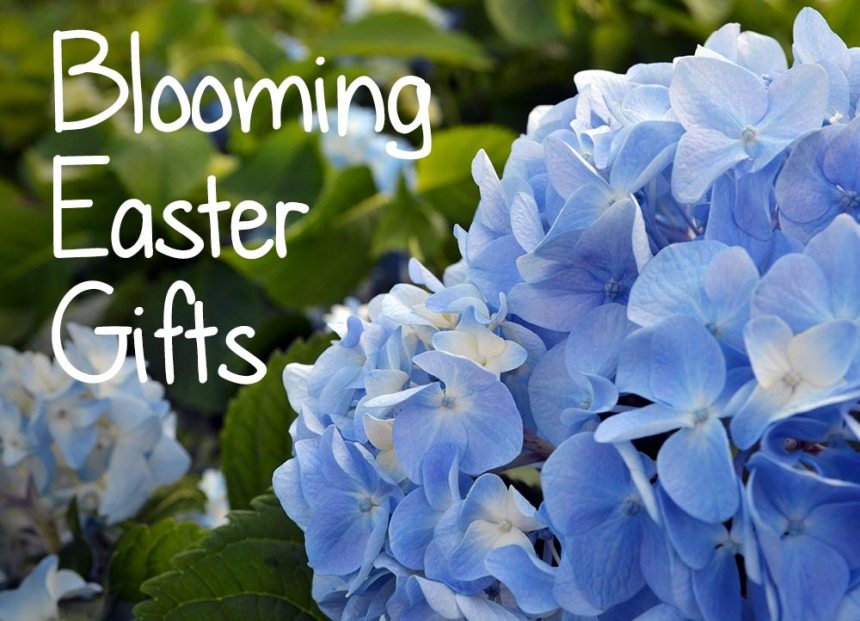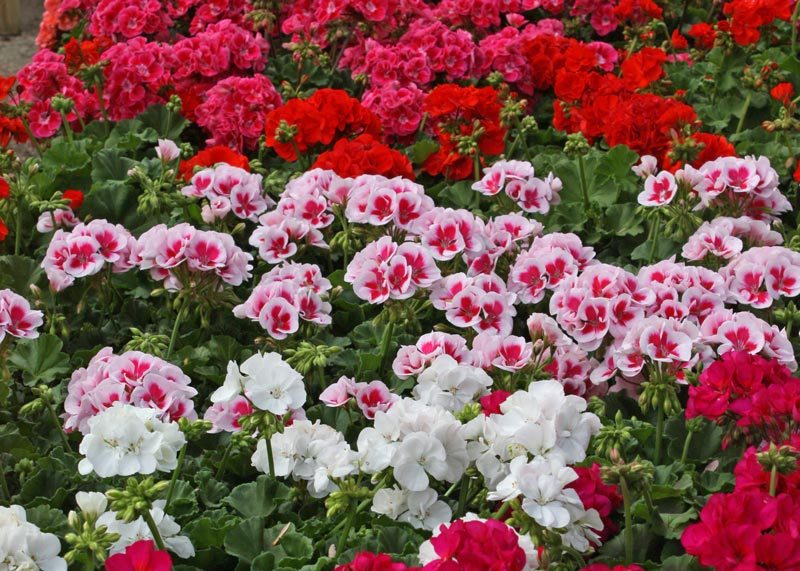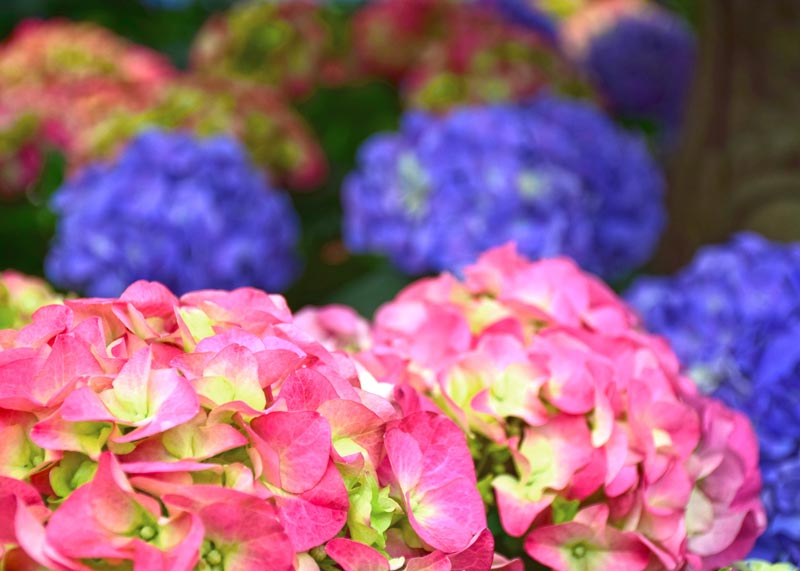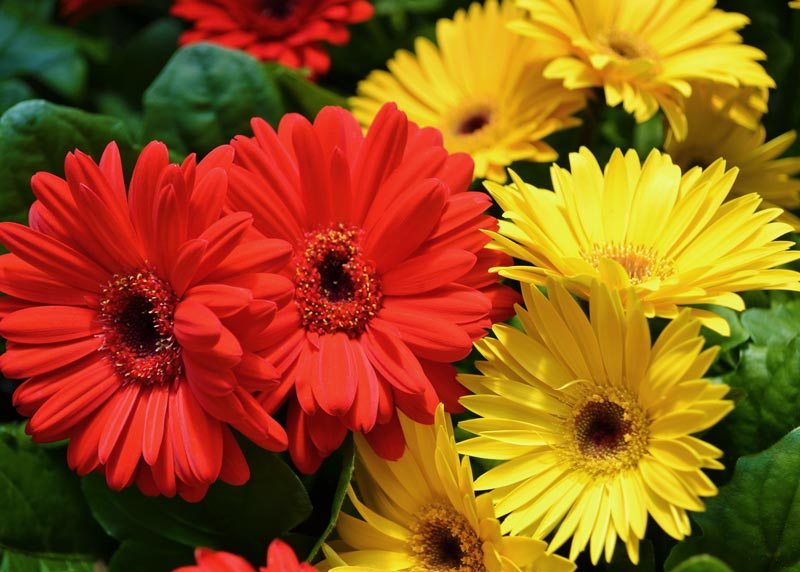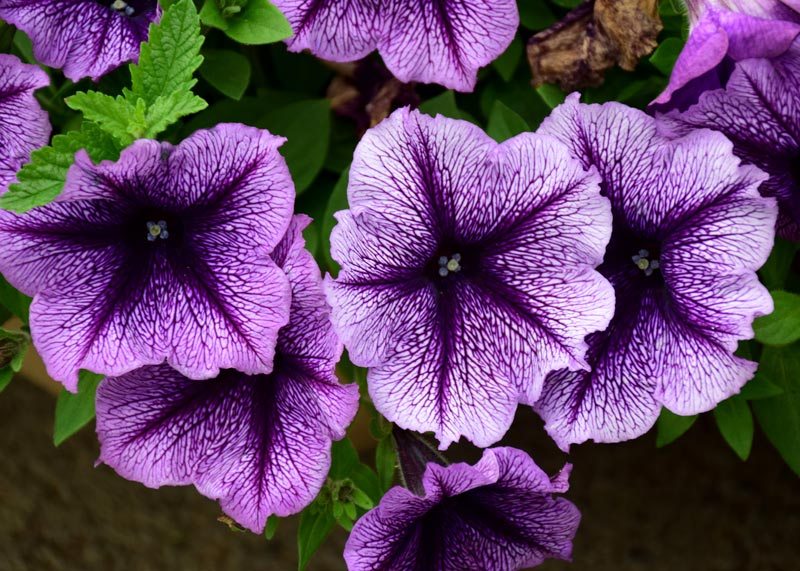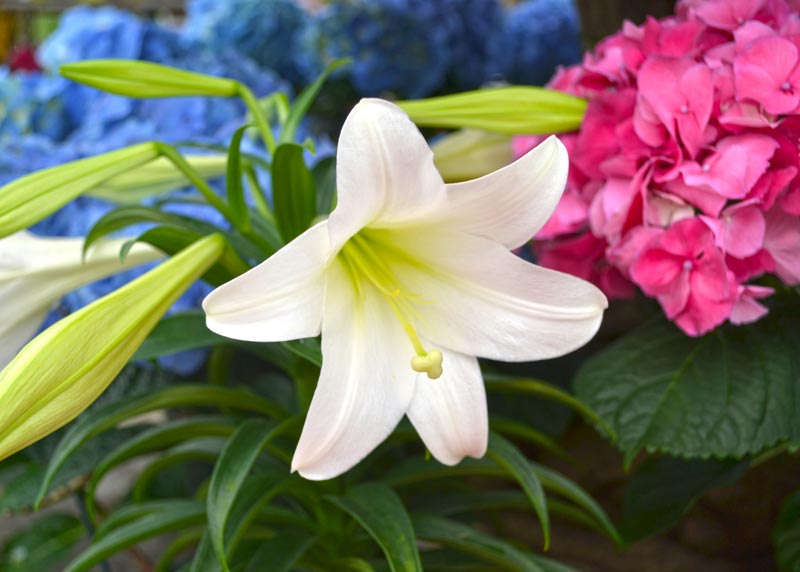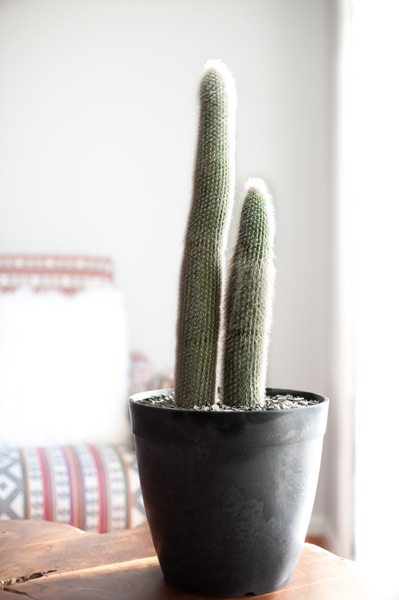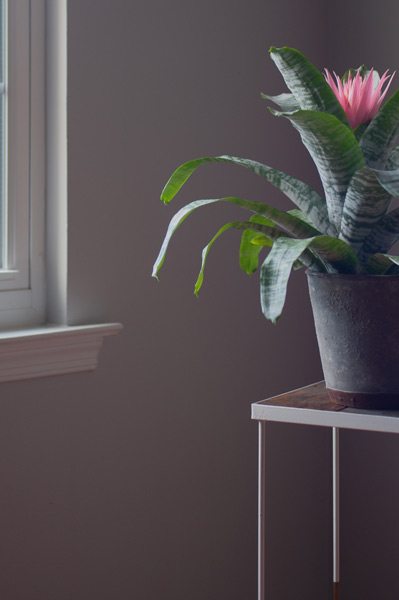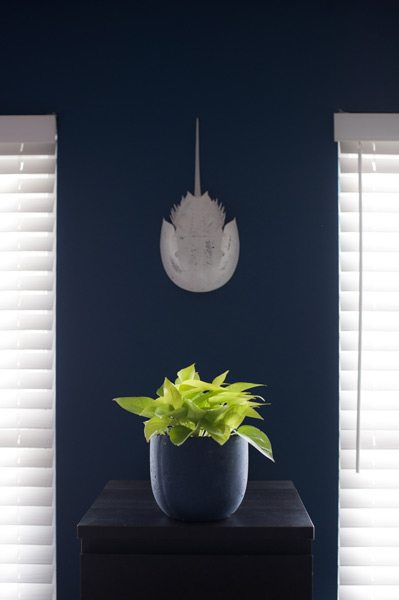Blooming Easter Gifts
Nothing says happy Easter more than a bright, blooming plant! Here are our picks for bright blooms to treat your loved one this Easter:
Geranium
We love geraniums for their showy clusters of blooms in bright shades of red, pink, rose, orange, white and purple. These annuals perform well in hanging baskets, containers and bed borders in full sun to part shade conditions. Geraniums perform best when planted in rich, well-drained soil. We recommend removing the spent blooms and fertilizing regularly to encourage continued flowering. When watering, allow the soil to dry out between sessions.
Hydrangea
Beloved for their clusters of delicate, paper-like flowers, hydrangeas come in a variety of shades, including white, pink, blue and purple. Keep your hydrangea looking its best by placing it in bright, indirect light while indoors. Once the risk of frost has passed, you can transplant it directly into the garden in a part sun location. Keep your hydrangea well-watered to prevent the blooms from wilting.
Begonia
We love begonias for their ability to provide constant color throughout the season in a variety of light levels, ranging from full sun to shade. Begonias produce lush, large blooms in shades of pink, white, orange, yellow, salmon and red. Plant begonias in moist, well-drained soil where they’ll receive afternoon shade from the hot summer sun, and fertilize regularly.
Gerbera Daisy
With velvety smooth petals surrounding a center eye, gerbera daisies look nearly perfect. Gerbera daisies produce large blooms that stand on leafless stems above foliage in many vivid colors. These happy blooms make a great addition to containers and garden beds and can last for a week or more when incorporated into a fresh-cut arrangement. Place gerbera daisies in full sun to part shade with moist, well-drained soil, remove spent blooms by snipping at the base of the stem and fertilize regularly.
Petunia
An ever-popular spring annual, petunias are vigorous growers and prolific bloomers. We love these blooms in, hanging baskets, window boxes and garden beds as they come in many color choices with beautiful veining. Plant petunias in full sun to part shade with well-drained soil, remove the spent blooms and fertilize regularly to encourage continued flowering.
Easter lily
A traditional favorite, the Easter lily produces large, fragrant, trumpet-shaped flowers. They can be enjoyed throughout the holiday indoors and transplanted to the garden once the risk of frost has passed. Place the lily in bright, indirect light and away from direct sunlight or heat. Keep in mind that an Easter lily is not a good gift for those with cats as they are toxic. Be sure to remove the foil on your Easter lily when watering to allow the water to drain through the pot.


